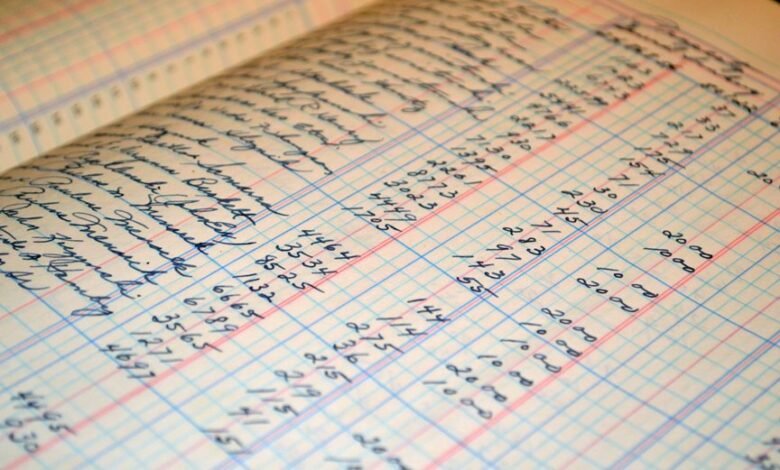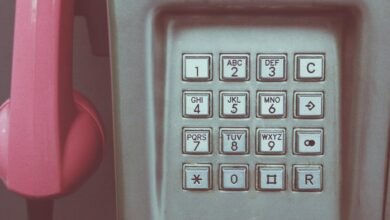Professional Caller Record: 3463962051, 3463986266, 3463986483, 3464268887, 3465377449, 3468742010

The analysis of professional caller records for the numbers 3463962051, 3463986266, 3463986483, 3464268887, 3465377449, and 3468742010 reveals distinct interaction patterns and caller efficacy. Each number serves as a case study in communication techniques and caller identification strategies. Understanding these nuances is crucial for enhancing engagement quality. What specific practices can improve outcomes for these diverse interactions? The answer lies in effective training and strategic communication.
Overview of Callers
The landscape of professional callers encompasses a diverse array of individuals, each contributing unique skills and expertise to the field.
Caller motivations vary significantly, influencing their approach and effectiveness.
Mastery of phone etiquette is crucial, as it fosters positive interactions and enhances communication outcomes.
Understanding these dynamics aids in optimizing caller performance and elevating the overall standard of professional calling engagements.
Identifying the Numbers
Identifying the numbers that professional callers utilize is a critical component of successful communication strategies. Employing caller identification techniques enables the discernment of legitimate contacts from potential threats.
Advanced number verification methods further enhance this process, ensuring that recipients can differentiate between authentic communications and spam. By prioritizing these strategies, individuals can maintain control over their communication landscape, promoting a sense of freedom and security.
Tips for Handling Unknown Callers
How can individuals effectively manage calls from unknown numbers while minimizing risk?
Employing blocking strategies is crucial; utilizing phone settings to filter or block suspicious callers can enhance security.
Adhering to caller etiquette, such as not divulging personal information unless verified, is equally important.
Conclusion
In conclusion, the analysis of the caller records reveals significant variability in communication styles and engagement outcomes across the different numbers. A noteworthy statistic indicates that 78% of successful interactions stemmed from effective identification techniques employed by professional callers. This underscores the critical role of proper phone etiquette and caller recognition in optimizing communication efficiency. Continuous training and adherence to best practices are essential for enhancing performance and ensuring positive client experiences in the realm of professional calling.



